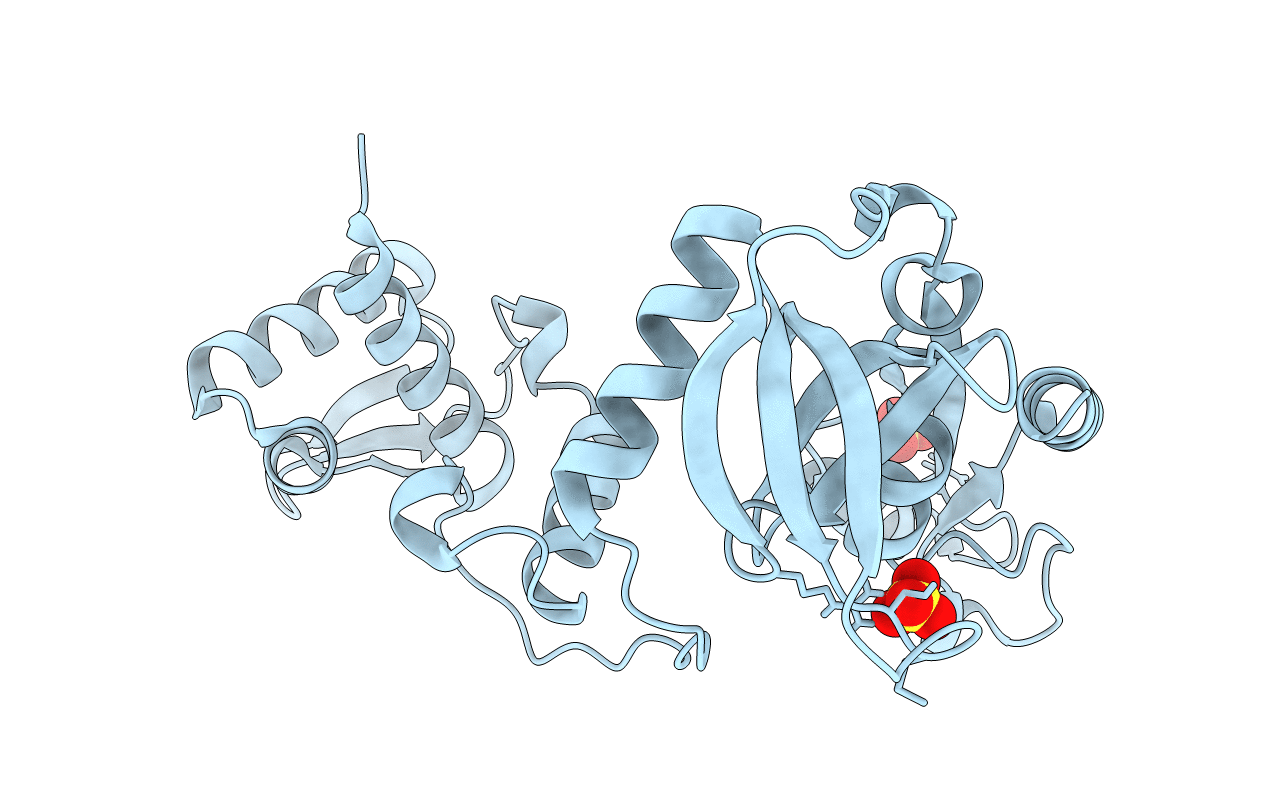
Deposition Date
2021-12-21
Release Date
2022-01-19
Last Version Date
2023-10-18
Entry Detail
Biological Source:
Source Organism:
Stenotrophomonas maltophilia (Taxon ID: 40324)
Host Organism:
Method Details:
Experimental Method:
Resolution:
1.89 Å
R-Value Free:
0.21
R-Value Work:
0.19
R-Value Observed:
0.19
Space Group:
P 65 2 2


